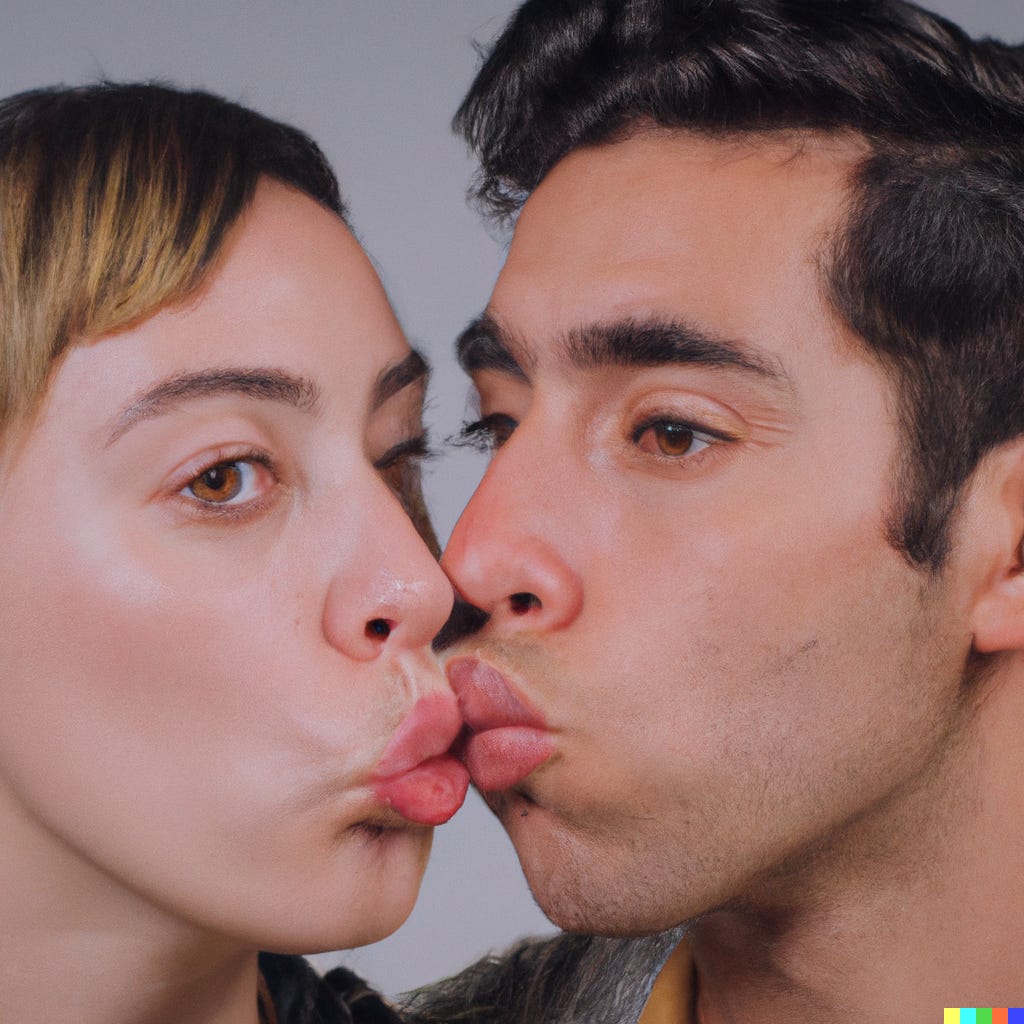SWIM
A new piece on archives, memory, and training data
SWIM is not a traditional narrative, but it does tell a story. It’s an attempt to visualize the relationship between visual archives and human memory. It’s building on themes I explored in The Hypothetical Image, about training image models on images as a kind of virtual ruination of memory.
In a reproduction of the AI training process, a digitized film (taken from an open archive) is slowly diffused as its subject frolics underwater. The actress dissolves into 'training data,' amidst a backdrop made from visualizations of generative AI searching for patterns in the absence of any training data at all. The film is part of a series of works which aims to draw our attention to the content of visual archives that create synthetic images, and what it means to "diffuse" visual culture into the vast latent space of artificial intelligence models.
I’m not sure if this piece is experienced well on a phone or even a computer. It’s intended for display in a gallery — or a film theater, though even there it may be a bit challenging for most audiences.
Nonetheless, it’s one of my favorite pieces. As an artist, making pieces is a way for me to think things through, things that don’t quite work in language. If I’m guilty of over-analyzing my own work, that’s why! And oftentimes the work clarifies my thinking, but sometimes it raises up a bunch of questions and ideas that I still can’t quite articulate.
Maybe that’s why I like this piece: because I don’t quite know what I am getting at with it, I just know that it says something that I want to say.
There’s a line about photography and the dead from Kracauer, decades ago: “It is not the person who appears in [their] photograph, but the sum of what is to be deducted from [them].” There is something painful to contemplate about the deduction we make as humans looking at old photographs: the imagination reconstructs and reanimates the dead within our memories and minds. Training an AI system ships this work of deduction to a mechanized process - a model that breaks images down not through remembrance or curiosity, but through pixel-by-pixel analysis of color correlations linked to captions.
Bluntly, the disintegration of a photograph is a disintegration of memory, but also, of being remembered. It’s a second death. I think this piece is ambiguous about that process. The swimmer is floating in this environment, the backdrop painted by a machine searching for data (literally — though the process is probably too boring to put succinctly here). The swimming seems carefree, though of course it’s performed for a camera, and for a tame “erotic film,” at that, where Nini Shipley’s body is presented for study by an audience (now us) but now, also, an algorithmic archive scanning the shapes she makes in the water for future reassembly. Eventually, she dissolves. Only now, rather than dissolving from our collective memory, she dissolves into pure static, ready to be resurrected by a machine in ways that are questionably traceable to her original.
Talk: Center for Digital Play
Screens, Machines, and Dreams: Artificial Intelligence is Imaginary is a talk I delivered in December 2023 to folks at the University of Copenhagen’s Center for Digital Play. It brings together concepts from video game studies and puts them into dialogue with cybernetics and generative AI. The point of the talk is that as designers, artists, and consumers of AI products, we can learn a lot about our interactions with AI by thinking about them, critically, as video games. You can watch the recording above.
Updated: How to Read an AI Image

If you're a course instructor teaching critical approaches to AI in media, or you're just curious and looking for some good reading, I've updated my essay from 2022 — "How to Read an AI Image" — with a video explainer and some updates about the current landscape.
It’s about looking at AI images as “infographics about their underlying datasets.” This provides a useful and more critical lens for making sense of them as media!
(I am happy to chat with university / college classes in media studies or critical AI, too!).





